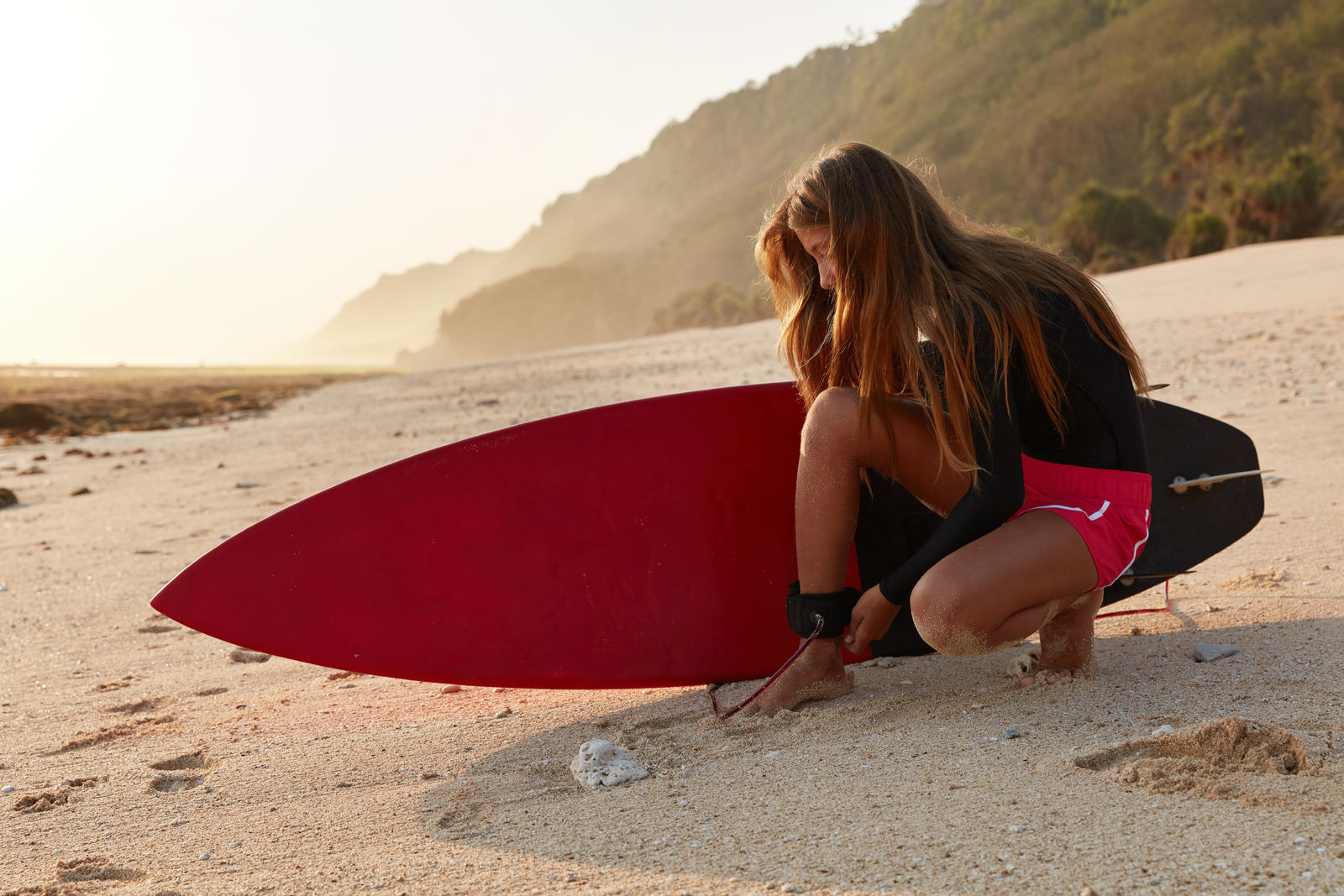Free US Shipping on Every Order over $49
Free US Shipping on Every Order over $49

Hawaii's Sunscreen Law
March 10, 2021 3 min read
Hawaii's sunscreen law, which has been six years in the making, went into effect on January 1, 2021.
In 2015 a study published in the journal Archives of Environmental Contamination and Toxicology showed evidence that the chemicals oxybenzone and octinoxate have harmful effects on the coral reefs and other sea life in the ocean. Some of the effects include bleaching and genetic damage to coral reefs and other organisms. They have also been shown to induce feminization in adult male fish, leading to behavioral changes.
A year later, in 2016, scientific panels held at the International Coral Reef Symposium and the International Union for the Conservation for Nature in Honolulu showed that oxybenzone and octinoxate are toxic to the coral reefs. The panels requested products containing these harmful chemicals to be banned from being sold.
Two years after those scientific panels on May 1, 2018, Hawaii became the first state in the U.S. to pass a bill that bans the sale of sunscreen containing oxybenzone and octinoxate. The bill received unanimous approval in the Senate, and of the fifty-one House members, only four voted against it. Two months after the bill passed, state governor David Ige signed the bill.
What does Hawaii's new sunscreen law mean for you?
The bill prohibits the sale of sunscreens in Hawaii that contain oxybenzone and octinoxate. Popular swimming beaches and reef areas in Hawaii, including Waimea Bay, Hanauma Bay, and Waikiki Beach, have detected high levels of these chemicals.
These chemicals are active ingredients in more than 3,500 of the world's most popular sunscreen brands, including Hawaiian Tropic, Coppertone, and Banana Boat. But, if you have a prescription for sunscreens containing those chemicals, you can still use them.
An estimated 14,000 tons of sunscreen are dumped in oceans every year, with the most damage found in popular reef areas in Hawaii and the Caribbean.
Not only are these harmful chemicals believed to be detrimental to healthy reefs, but they are also harmful to human health, according to the Centers for Disease Control and Prevention. It can lead to allergic skin reactions and can get into a person's bloodstream.
[INSERT IMAGE #53641387 HERE]
What sunscreen can you use under Hawaii's new sunscreen law?
Consumers who want to protect their skin will need to look for "reef-safe" biodegradable products and contain mineral sunblocks instead of chemical blockers. The National Oceanic and Atmospheric Administration (NOAA) suggested an alternative to chemical screens, such as mineral-based sunscreens.
These sunscreens should contain zinc oxide, titanium oxide and must be 'non-nano' in size to be reef-safe. This means that the particles in these ingredients aren't small enough to penetrate your skin. These are suitable sunscreen options, and they are safer for your body.

How will Hawaii's sunscreen law protect our marine ecosystem?
Reef-friendly sunscreens have lasting effects on coral reefs because the ingredients in sunscreens that are mineral-based preserve Hawaii's waters. They don't have any harmful impacts on our corals and help preserve our ecosystems. Safe sunscreens do not hurt corals and do not contain any dangerous chemicals.
This law is crucial to limiting the threats to coral reefs and our marine ecosystems. By replacing popular sunscreen products that are harmful to the coral reefs with reef-safe sunscreen alternatives, we are not only helping ourselves and our health; we are also helping our environment.
Our efforts in protecting natural wildlife and our ecosystem will prove beneficial over time. Hawaii's sunscreen law is a crucial step in protecting our marine wildlife and our planet.
LET US SEND YOU A WAVE, OR TWO...
Sign up to get the latest on sales, new releases and more …
